10 Things You Might Not Know About Equine Biosecurity
Practicing good biosecurity at home and while traveling is important for your horse’s health and safety, and is an important part of industry-wide disease control measures. We collaborated with Dr. K. Gary Magdesian, infectious disease control officer and faculty member in the Equine Internal Medicine Service at the UC Davis veterinary hospital, to present a list of important things to remember when it comes to equine biosecurity.
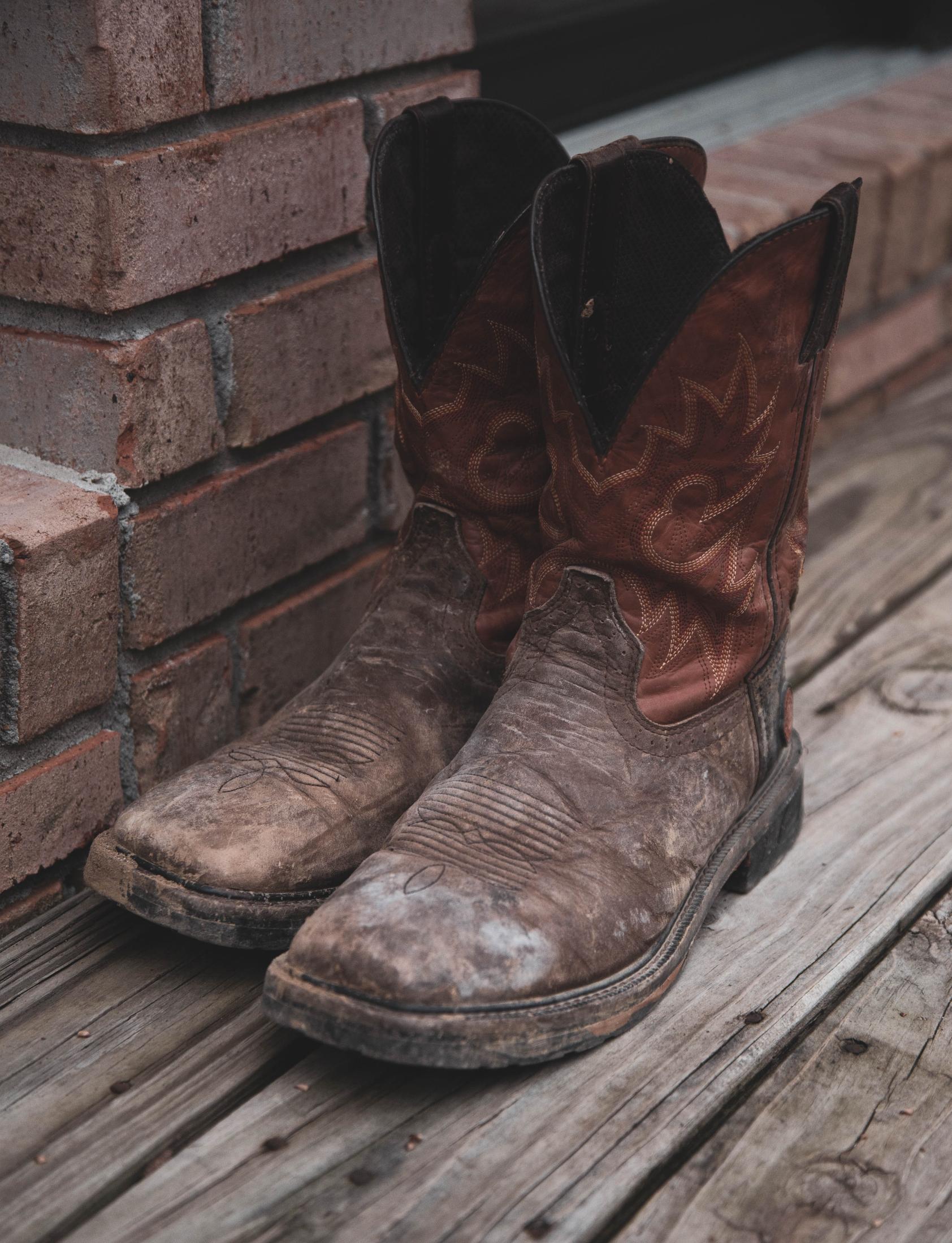 1. Disinfecting footbaths are ineffective if there is organic material on your boots. Manure, dirt, mud, and plant material prevent disinfectants in the footbath from doing their job of killing germs. They also contaminate the water, meaning that footbaths need to be changed more often. Before using a footbath, scrub the bottoms and sides of your footwear with a brush and rinse with a hose to remove visible debris. To encourage boot scrubbing, keep a scrub brush next to the footbath.
1. Disinfecting footbaths are ineffective if there is organic material on your boots. Manure, dirt, mud, and plant material prevent disinfectants in the footbath from doing their job of killing germs. They also contaminate the water, meaning that footbaths need to be changed more often. Before using a footbath, scrub the bottoms and sides of your footwear with a brush and rinse with a hose to remove visible debris. To encourage boot scrubbing, keep a scrub brush next to the footbath.
2. Disinfectants have contact time requirements - don’t just spray and go. Effective disinfection protocols ensure appropriate disinfectant contact time with surfaces. The contact time needed to inactivate disease organisms varies by product. Always follow product labels and manufacturer’s instructions when using disinfectants.
3. Biosecurity protocols protect horses, but they are important for human safety too. Some diseases are zoonotic, meaning they can be transmitted from horses to humans. These include 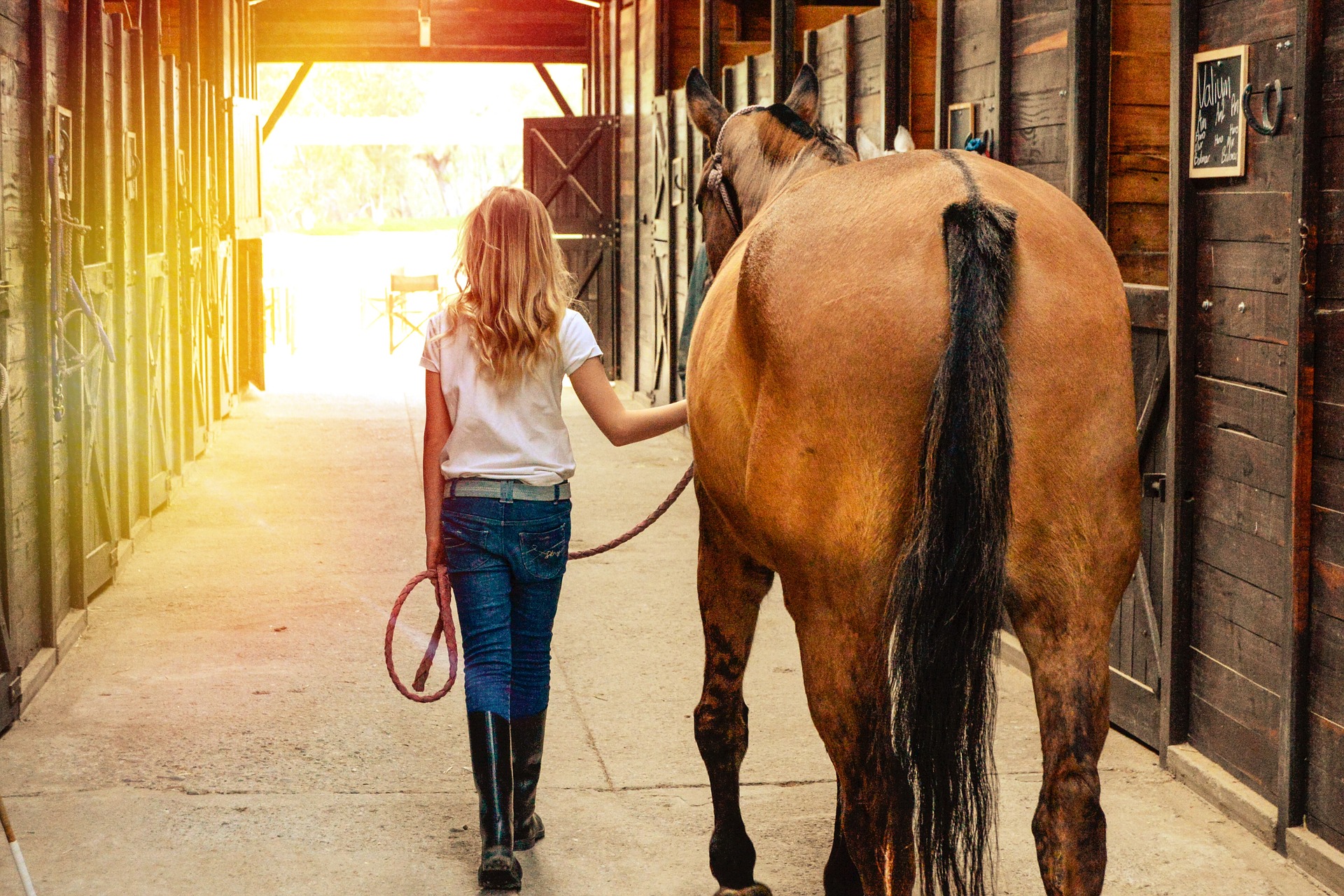 ringworm, salmonellosis, leptospirosis, and rabies, among others. Practicing good hygiene and sanitation as part of a comprehensive biosecurity plan helps keep horses, people, and other animals on the property healthy and safe.
ringworm, salmonellosis, leptospirosis, and rabies, among others. Practicing good hygiene and sanitation as part of a comprehensive biosecurity plan helps keep horses, people, and other animals on the property healthy and safe.
4. Biosecurity is an all for one, one for all management scheme. While practicing good biosecurity is important for individual horse health, it is also for the safety of the whole herd and facility. Effective biosecurity protocols protect the most vulnerable individuals, including foals and older horses.
5. Biosecurity is an important part of day-to-day equine life. Biosecurity is not just for when there is an outbreak. It needs to be practiced every day. Assess which aspects of your horses’ daily life expose them to disease risks and engage in practices to reduce those risks. Disease risks are not eliminated even if you have a “closed herd” in which horses do not move on and off the property (see page 5 on asymptomatic shedders). Effective biosecurity at the facility level is essential to the broader picture of reducing regional, and even global, spread of disease. The impact of infectious diseases can be significant and poor on-farm biosecurity puts the industry at risk from serious endemic and emerging diseases.
6. At veterinary hospitals, huge amounts of work, labor, expense, and time go into biosecurity considerations for each case, for everyone’s protection. This includes regularly changing footbaths, culturing feces on every patient to identify horses that may be harboring infectious organisms, and taking the temperature of every patient twice per day to catch fevers early. Although these procedures go on in the background, they are vital to running horse hospitals.
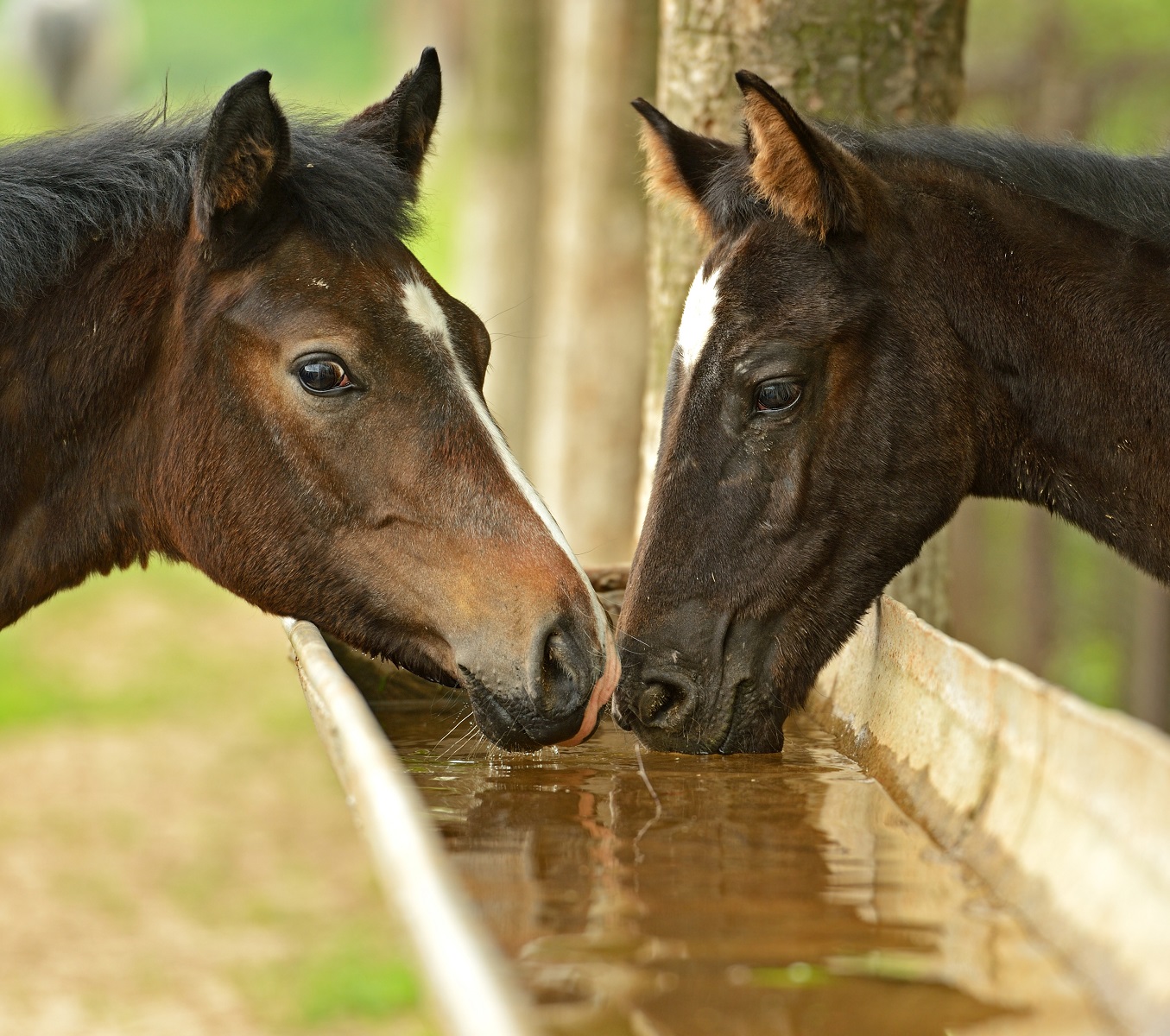 7. Shared water sources can put horses at risk of disease. One of the highest risks for transmission of infectious disease occurs when communal water sources are shared between resident horses and visiting horses, for example at shows or events. Bring a water bucket for each horse when you travel and avoid shared water sources. This includes shared natural water sources such as ponds, which may harbor infectious organisms that could make your horse sick.
7. Shared water sources can put horses at risk of disease. One of the highest risks for transmission of infectious disease occurs when communal water sources are shared between resident horses and visiting horses, for example at shows or events. Bring a water bucket for each horse when you travel and avoid shared water sources. This includes shared natural water sources such as ponds, which may harbor infectious organisms that could make your horse sick.
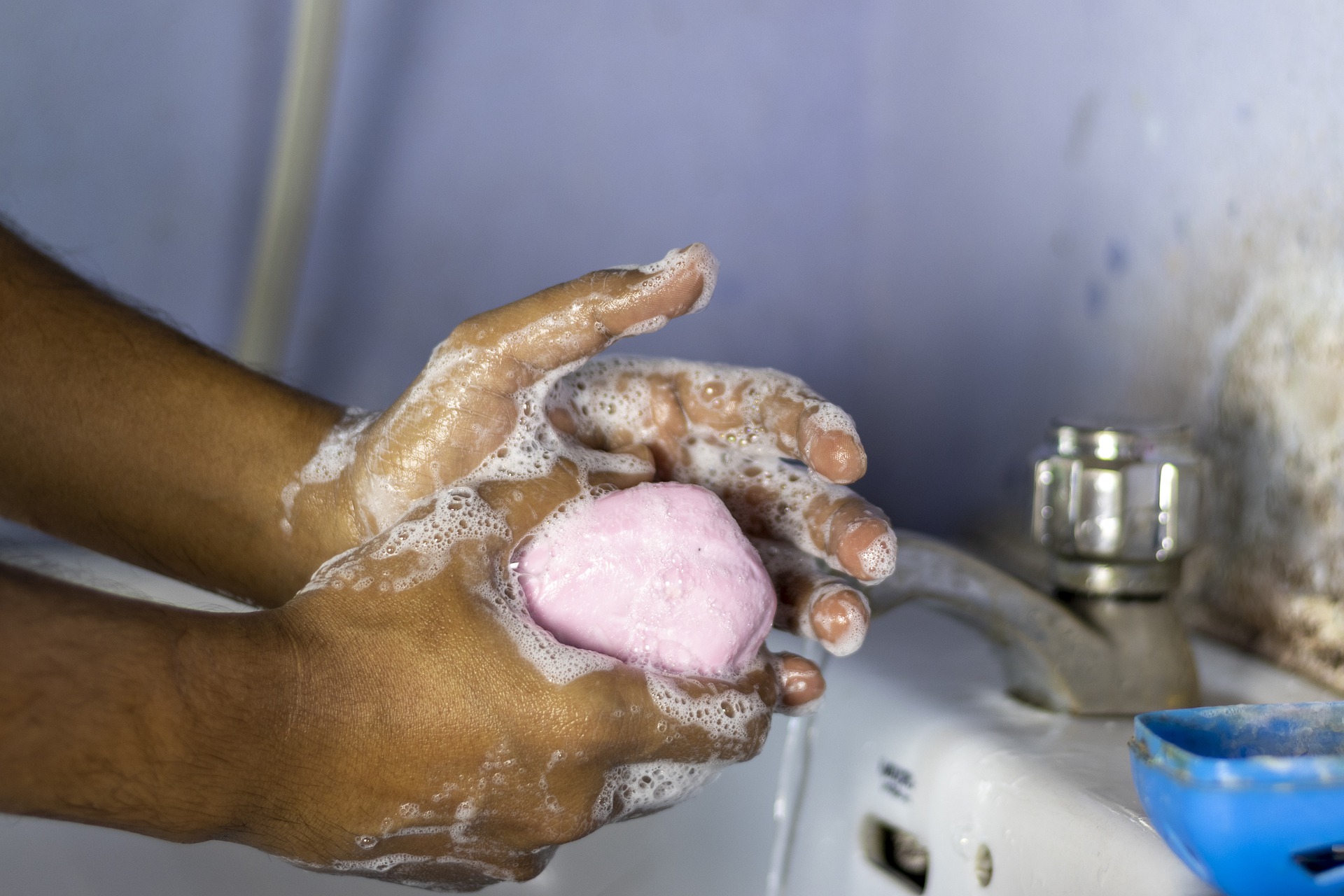 8. Good hand hygiene is important to prevent the spread of disease. By now, everyone is aware of the importance of frequent hand washing to prevent the spread of infectious diseases like COVID-19 in humans. It is also important to practice good hygiene in the barn. Scrub your hands with soap for 20 seconds, or the time it takes to sing the “Happy Birthday” song twice.
8. Good hand hygiene is important to prevent the spread of disease. By now, everyone is aware of the importance of frequent hand washing to prevent the spread of infectious diseases like COVID-19 in humans. It is also important to practice good hygiene in the barn. Scrub your hands with soap for 20 seconds, or the time it takes to sing the “Happy Birthday” song twice.
9. When going from one facility to another, change your clothes and put on clean shoes. Ideally, it is advisable to put on clean clothes and shoes between visits when going to more than one facility. At the very least, wash your hands thoroughly and make sure there is no organic matter contamination on your shoes.
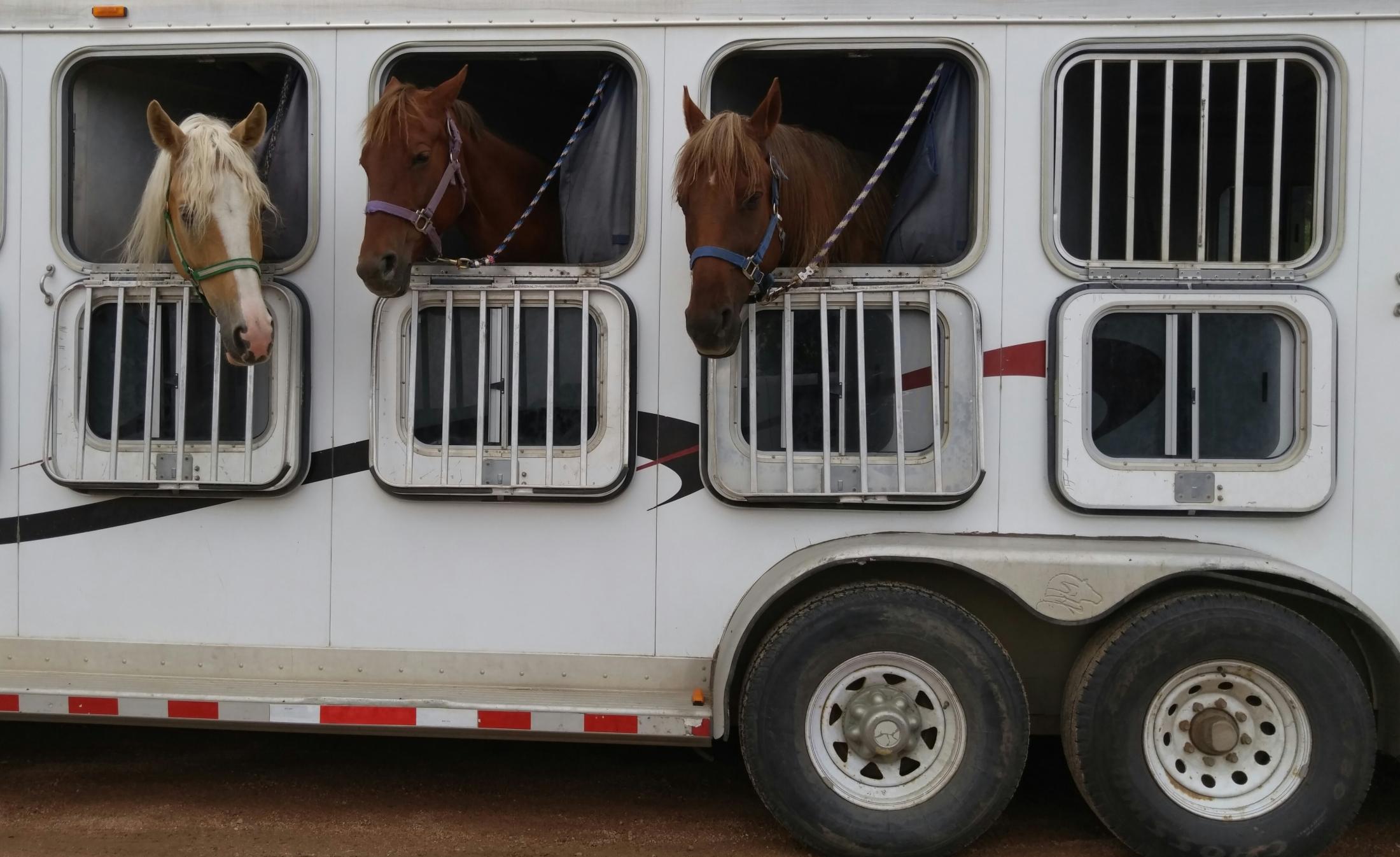 10. If you are going to haul someone else’s horses, ask a few questions first to ensure only healthy horses get onto your trailer. Find out if there have been any diseases in the barn lately. Has the horse you are going to transport been sick or had any fevers? Be sure to remove manure after you unload the horses, and run a disinfecting wipe over the area where the horse’s head was tied, including bars, doors, clips, and mangers.
10. If you are going to haul someone else’s horses, ask a few questions first to ensure only healthy horses get onto your trailer. Find out if there have been any diseases in the barn lately. Has the horse you are going to transport been sick or had any fevers? Be sure to remove manure after you unload the horses, and run a disinfecting wipe over the area where the horse’s head was tied, including bars, doors, clips, and mangers.
